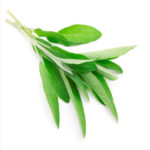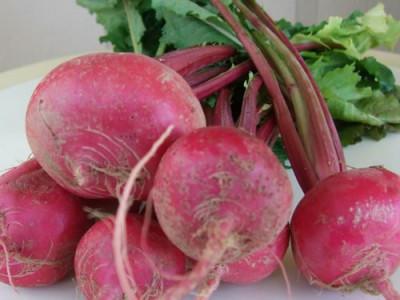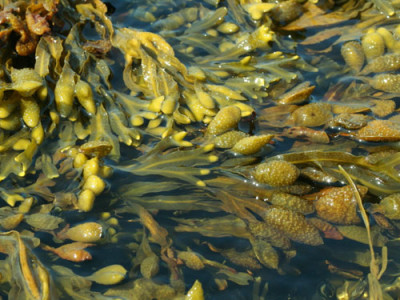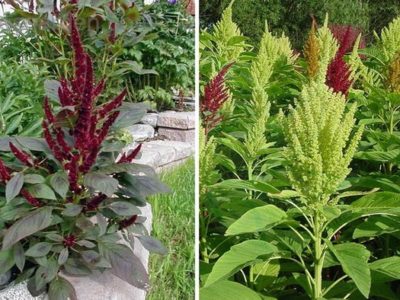
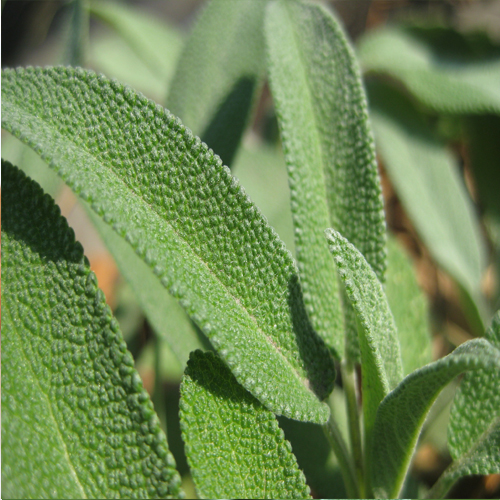
Common Sage Medicinal Properties And Health Uses
Common Sage Medicinal Properties And Uses
Marigold is extremely popular and famous in India, especially in south India. Women of south India love adoring the long hair with well-knit marigold. This beautiful orange colored ornamental flower is also used in many religious and temple festivals.
The devotees offer well-knit marigold to various gods and goddesses of the temples. The temple priest after offering the flowers will garland the same to the devotee bringing who is offering it.
This is a common practice in many parts of India, especially in South India. Marigold has several medicinal properties and used as antimicrobial, antibacterial, antioxidant and anti-inflammatory.
[tribulant_slideshow gallery_id="341"]
This topic will deal with a plant named sage which comes under the family Lamiaceae. The botanical name of this plant is Salvia officinalis.
The other common names of this evergreen perennial plant is common sage, garden sage, golden sage, kitchen sage, true sage, culinary sage, Dalmatian sage, and broadleaf sage.
Native
This wonderful plant has woody stems, grayish leaves and blue to purplish flowers.
It is native to Mediterranean region and now found in many parts of the world. This ornamental plant has medicinal and culinary uses.
The famous botanist who belonged to the period 1753 has described about this plant.
Growth
- This plant was used in the store room of a monastery as medicinal plant.
- The leaves are covered with trichomes which is nothing but fine hairs.
- The old world type of plant achieves a height of 2 ft and wide and has beautiful lavender flowers.
- But this plant also has white, pink or purple.
- It generally flowers during spring or summer.
- The oblong leaves measures 6.4 cm long by 1 in wide.
Cultivation
- The grey-green leaves has rugose on the upper surface and white below due to short soft hairs.
- The modern cultivars have purple, rose, cream and yellow color
- It was used to ward off evil, snakebites, increase women’s fertility and for other useful purposes.
It was cultivated in monastry gardens in carolingian empire.
Medicinal Properties
- The noted poet Walafrid Strabo has described that Sage has sweet scent and has medicinal properites in his famous poem Hortulus.
- This plant was respected well during Middle Ages and the people who lived during that period have found many healing properties in this plant.
- This plant was used as an ingredient in four theives vinegar a blend of many herb which was used to ward off plague.
- A famous botanist Job Gerard’s Herball who lived in 1597 has stated that sage is good for the head and brain.
- Other noted personalities like Dioscordies, Pliney and Galen has informed the world that sage has diuretic, hemostatic, emmenagogue and tonic.
- Britain people are using it for generations together along with parsley, rosemary and thyme.
- It has a savory and peppery flavor and is used in many European cuisines, especially in Italian, Balkan and Middle Eastern cuisines.
- Italians prepare a condiment named saltimbocca and fish dishes using sage.
- In Britain and in America it is served as sage and an onion stuffing.
| Principle | Nutrient Value | Percentage of RDA |
|---|---|---|
| Energy | 315 Kcal | 15.75% |
| Carbohydrates | 60.73 g | 47% |
| Protein | 10.63 g | 19% |
| Total Fat | 12.75 g | 42.50% |
| Cholesterol | 0 mg | 0% |
| Dietary Fiber | 40.3 g | 106% |
| Vitamins | ||
| Folates | 274 µg | 63% |
| Niacin | 5.720 mg | 35.75% |
| Pyridoxine | 2.690 mg | 206% |
| Riboflavin | 0.336 mg | 26% |
| Thiamin | 0.754 mg | 68.50% |
| Vitamin A | 5900 mg | 196% |
| Vitamin C | 32.4 mg | 54% |
| Vitamin E | 7.48 mg | 50% |
| Vitamin K | 1714.5 µg | 1429% |
| Electrolytes | ||
| Sodium | 11 mg | <1% |
| Potassium | 1070 mg | 23% |
| Minerals | ||
| Calcium | 1652 mg | 165% |
| Copper | 0.757 mg | 84% |
| Iron | 28.12 mg | 351% |
| Magnesium | 428 mg | 107% |
| Manganese | 3.133 mg | 136% |
| Zinc | 4.70 mg | 43% |
| Phyto-nutrients | ||
| Carotene-α | 0 µg | — |
| Carotene-ß | 3485 µg | — |
| Crypto-xanthin-ß | 109 µg | — |
| Lutein- zeaxanthin | 1895 µg | — |
Uses And Facts
- It is also used in some of famous dishes like pork casserole, Sage Derby cheese and Lincolnshire sausages.
- It is not used much in French cuisine.
- Salive fruticosa which belongs to sage species is harvested for extracting sage oil.
- The sage oil contains cineole, borneol, and thujone.
- Sage leaf contains tannic acid, oleic acid, ursonic acid, ursolic acid, carnosol, carnosic acid, fumaric acid, chlorogenic acid, caffeic acid, niacin, nicotinamide, flavones, flavonoid glycosides, and estrogenic substances.
Essential oil is used for curing double-blind, placebo-controlled, randomized, balanced-crossover studies in healthy humans. It helps improving memory, attention/executive function, alertness and mood swings. Essential oil is used for cognitive improvement and other psychological benefits. Some of the cultivars are Alba, Aurea, Berggarten, Extrakta and Icterina.

